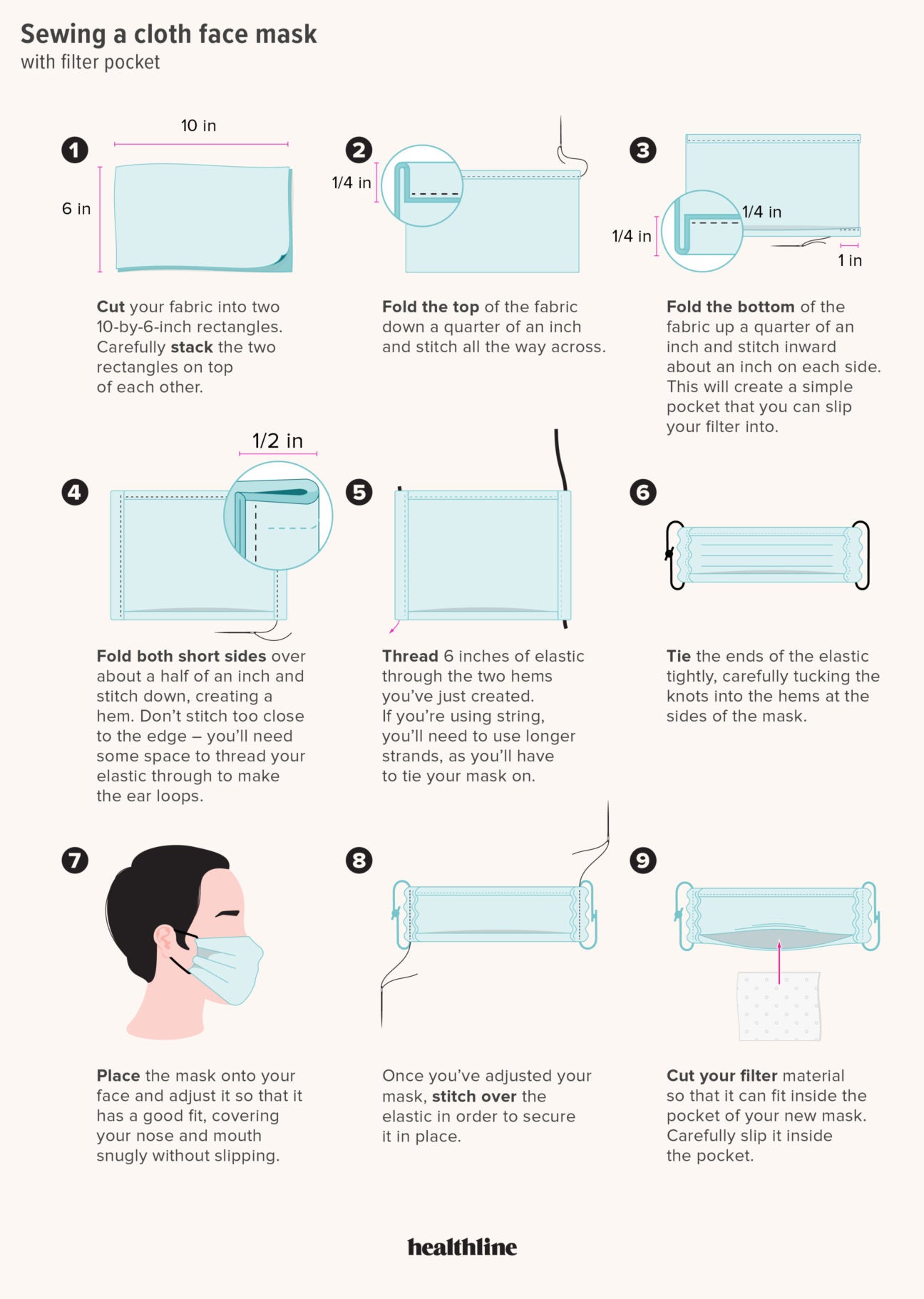

Meanwhile, make the tomato sauce: Add the salt to the can of tomatoes and puree with an immersion blender, or transfer to a blender or food processor, and puree until smooth.Place a pizza stone, heavy baking sheet (turn upside down so the surface is flat), or cast iron skillet in the oven. Preheat the oven as high as your oven will allow, between 450-500˚F (230-260˚C).Otherwise, the curds will crumble quite easily when you cut into the paneer or cook with it. Refrigeration really helps firm up the cheese. Some people like to place the cheese over a colander so that the water drips out from the bottom, but I don’t have one that’ll fit the cheese. Afterwards, I will place the block of cheese on a plate, place another stack of plates on top, and stick everything into the refrigerator. This helps create a more smooth, even surface on the exterior. Notice how I lay the cheesecloth flat over the block of cheese. This is how my block of paneer looks like before I press it between plates.

However, I do press the cheese to release more liquid. I have done this several times, and didn’t notice much more water dripping from the cheese, so I skip this step. Many recipes at this point will instruct you to tie a knot on the cheesecloth and hang the cheese on your faucet to let more water drain. Then, gather up the corners of the cloth and squeeze out the excess liquid from the cheese. This really helps to cool the cheese and it helps wash away the lemon juice or vinegar. Next, you want to strain the curds through a cheesecloth and rinse the curds with cold water. I haven’t noticed a significant difference one way or the other. Many recipes will say to add a few ice cubes into the pot to help cool everything, which you can certainly do as well. It gives the liquid a chance to cool, too. I usually let the the curds sit in the pot like this for about 5 to 10 minutes. The liquid will turn into a yellow/light-green color, especially if you use vinegar, but that’s completely normal. Give everything a stir, and the milk should start curdling immediately. Don’t make that same mistake.Īfter the milk boils, pour in some lemon juice or vinegar. You’ll then start smelling something burning and then realize the area around the hob is dark brown from the burnt milk. Then, if you’re anything like me, you’ll forget about the spill and cook with the same hob soon afterwards.

The milk can boil over quick and spill all over the stovetop. The big issue with boiling milk with the lid on is that you need to pay attention to the stove. As a result, the milk tends not to burn on the bottom of the pot. I usually boil the milk in a large pot with the lid on because it speeds up the boiling process. Turn off the heat right when the milk boils. You want to start with whole milk because the texture of the cheese is creamier. In comparison, the store-bought version is much more dense and firm. Homemade paneer tends to have a softer, more crumbly texture. It is a lot more crumbly when you slice into it, too. Conversely, you can see a lot of texture in the homemade version (from the curds), almost like tofu. As you can see, the store-bought cheese is smoother, and it looks like mozzarella. In the photo above, the top row is store-bought paneer, and the bottom row is homemade. I don’t mind that feeling at all, but not everyone enjoys it. When you bite into the paneer, the cheese feels quite chewy, and it makes a little squeak against your teeth as you bite. If you have ever eaten packaged halloumi, you’ll know what I mean. One thing that I didn’t expect from store-bought paneer was the difference in texture from fresh paneer. You can also find it at Indian grocery stores. In Sacramento, you can find paneer at Nugget Markets, Sprouts, and Sacramento Foods Co-Op. Part of the battle is finding a store that carries the cheese in the first place. I never cooked with it until last year, when I made a fried paneer recipe from Madhur Jaffrey’s Vegetarian India. Paneer is a fresh cheese that is very common in Indian cuisine. I loved the soft and slightly chewy texture of the cubed cheese, and it was the perfect sponge for all the spices in the saag paneer. It was one of the dishes I ate where I thought that meat wasn’t necessary to make the meal more delicious. I fell in love with paneer when I was in college and ate my first saag paneer.


 0 kommentar(er)
0 kommentar(er)
